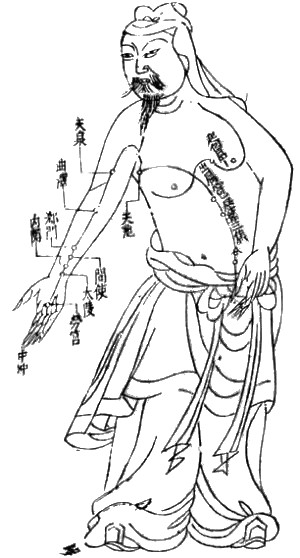By Eve Feinberg, M.D.
Fertility Myths
Myth #1: Missionary position is best.
As long as intercourse is vaginal (and yes, strangely, I have had a few couples who had not grasped this detail prior to their first consultation), position does not matter. Sperm are incredible swimmers and studies have shown that within minutes of intercourse the sperm can be found within the fallopian tubes and will get to where they need to be expeditiously.
Myth #2: You should lie still for 30 minutes after intercourse with your legs in the air.
Sperm are incredible swimmers (see #1). It will not decrease your likelihood of conceiving if you use the bathroom or walk around within minutes of intercourse.
Myth # 3: I got pregnant and had an abortion in high school, so I am highly fertile.
Most high school students are highly fertile, but fertility declines with advancing age. Girls are born with a set number of eggs and over the course of a woman’s reproductive life, the number of eggs declines dramatically. There are several critical periods where the decline is more steep and after the age of 45, there is such little benefit to IVF using your own eggs, that most clinics will not perform IVF on a 45 year old woman attempting conception with her own eggs. On a good note, having had an abortion does not make you infertile.
Myth #4: I am a “young” 40.
Aging occurs at a variable rate when it comes to gray hair and wrinkles. Ovarian aging, unfortunately, is quite predictable. Your ovaries will never act younger than your chronological age. They may respond more robustly than expected and may give you a higher yield of eggs, but the quality of those eggs is linked to a woman’s age. And sadly, egg quality and quantity decrease markedly with advancing age.
Myth #5: If you relax, you will get pregnant.
There are very few cases where the sole cause of infertility or IVF success is stress. This is a common perception and often a hurtful thing to say to an infertile couple. Infertility is a medical condition with identifiable, organic causes in the majority of cases. There has not yet been a well designed study that shows the positive impact of stress reduction on conception success.
I hope you’ve enjoyed Fertility Myths (and my VERY FIRST) blog entry ever. I am excited to be on the blogosphere and welcome your comments or suggestions for new topics.


